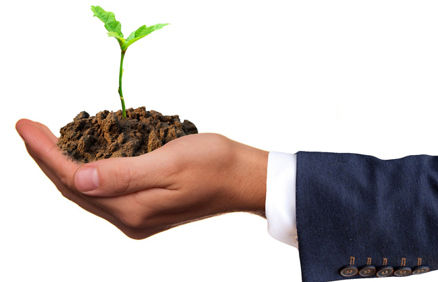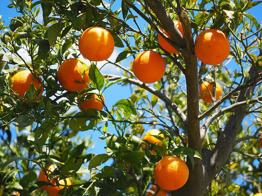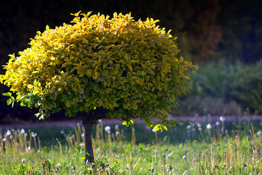Grafting today – what should I ask in the nursery?

What is a forbidden grafting? Why is this mitzvah un-known? What should I do if I want to buy a tree for my garden?
Chazal (Kiddushin 39a) wrote about the prohibition of kila’im, forbidden mixtures:
" 'Thou shalt not let thy cattle gender with a diverse kind: thou shalt not sow thy field with two kinds of seeds’ (Levit. 19:19). Just as [the prohibition of] ‘thy cattle’ [means] by copulation, so is [that of] ‘thy field’ by grafting.”
Grafting is the process where the branch of one tree (the scion) is inserted into the trunk of another tree (the stock) in a way that the tissues of each enmesh and become one entity. The fruit of the new tree will be nearly identical to that of the scion, while the stock will contribute it’s heartiness to withstand soil maladies and pests, as well as improve the rate of water and mineral absorption.
Grafting is permitted when both trees are the same species (min bemino) and forbidden when they are from two different species, min besheino mino.
Grafting was a method known to our Sages, and is addressed in the first chapter of the Mishna, tractate kila’im. Over the past few decades, however, grafting methods have greatly developed and become much more sophisticated to the point that most fruit trees today are grafted. This is the case even with vegetables, as more and more varieties are now grafted—such as cucumbers and watermelons.
The Shulchan Aruch (YD 295:7) states that it is forbidden to plant trees that were grafted in a prohibited manner or perform acts that support their growth (kiyum), such as watering, fertilizing, etc.
This halacha is very relevant to people who buy fruit trees for their gardens. They must ensure that the trees they plant were not grafted in a prohibited fashion; according to many halachic opinions, it would then be altogether forbidden to plant and nourish them.
When going to a nursery to purchase a tree, one should ask: (1) if the tree is grafted, and (2) what are the names of the scion and stock, and then check if these two trees are considered kilaim by halacha. Note that the halachic definition for the same species (min) is not always identical to the botanical definition.
Torah VeHa'aretz Institute has compiled a comprehensive list of grafted trees today in Israel, classified by their forbidden or permissible status.
This prohibition is not well-known even to those born in Israel, and much less so to people who made Aliya from abroad.
B"H, in Eretz Yisrael even our fruits and trees are holy, and we have the privilege of learning and observing many mitzvot that are unique to the Land of Israel.




